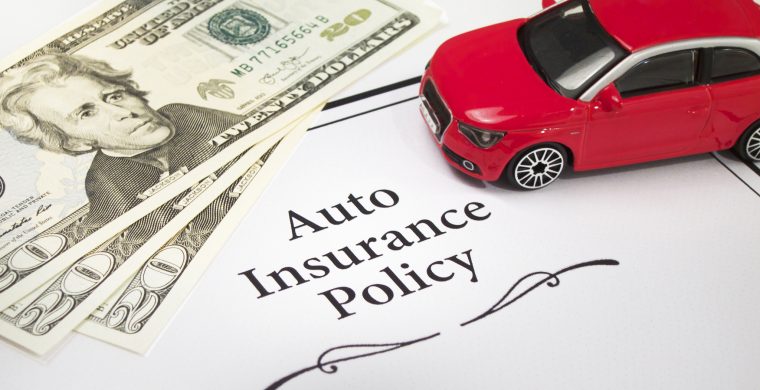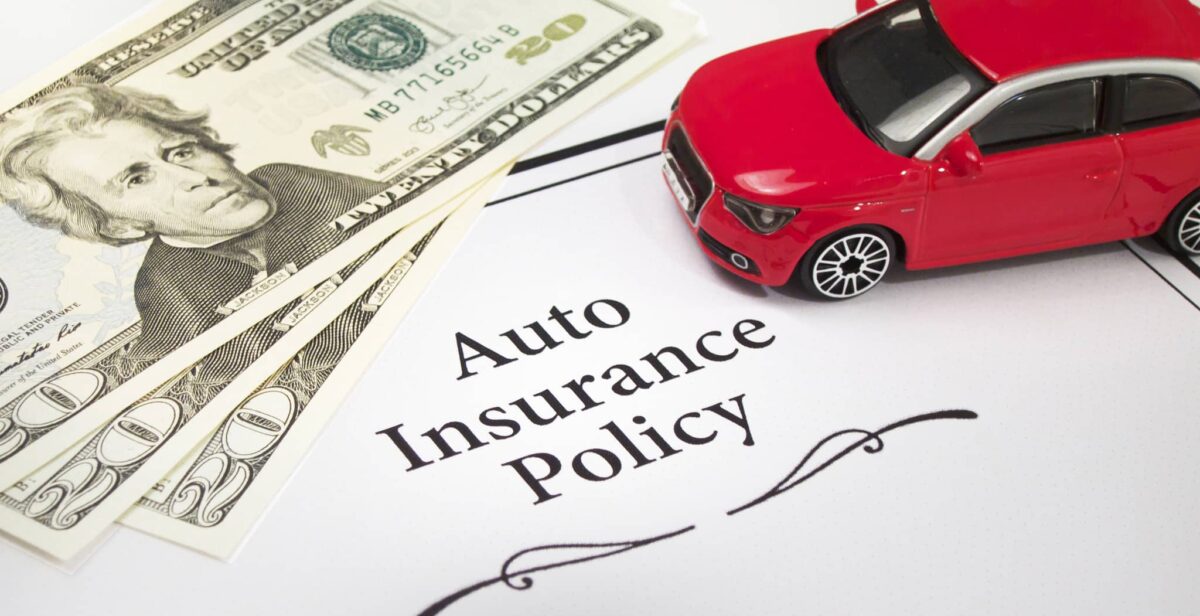 Photo: CheapFullCoverageAutoInsurance.com
Photo: CheapFullCoverageAutoInsurance.com
In many states, car insurance is required by law. Since it’s a necessary expense for drivers, here’s a look at just 15 of many factors that impact your car insurance rates.
Get a Head Start: Tips for buying your first car
 Photo: Chevrolet
Photo: Chevrolet
Since foreign cars may have hard-to-find parts and fewer qualified mechanics to fix them, you’ll have to pay a little more to protect your Audi than your Chevy.
The more bells and whistles your car has, the more expensive it is to insure. That makes the base trim level is the cheapest, both in terms of sticker price and insurance premiums.
Newer vehicles might be eligible for a new car discount, based on your insurance carrier’s policies.
Since SUVs, minivans, hatchbacks, and crossovers tend to have good safety ratings, insurance companies offer lower rates to drivers of these vehicles. On the other hand, drivers of convertibles, sports cars, luxury cars, and electric vehicles can expect to pay a little more. Convertibles are more prone to theft and vandalism, while sports cars — particularly those with big engines — tend to be associated with risky driving. Luxury cars tend to have costly parts and repairs.
And why are electric vehicles on this list? The battery under the hood is expensive to repair or replace, and insurance companies don’t want to get stuck with the bill.
Insurance companies love airbags and car alarms. Some offer lower rates if your car offers these features. You can also net some savings if your car boasts modern safety innovations, like daytime running lights, electronic stability control, and anti-lock brakes.
Statistically speaking, younger drivers have less experience and tend to take more risks, raising up their rates. While a few states don’t allow companies to rate based on age, companies can still use years of driving experience as a factor.
Most states let insurers charge guys and gals different rates. Since data shows that male drivers get into more accidents, companies charge them more, with young males paying the highest premiums. However, from the ages of about 30-60, men and women will pay about the same, with all other factors held equal.
Married couples are statistically less likely to crash than their unmarried, divorced, and widowed counterparts. The National Institute of Health found that married drivers were half as likely to be in an accident, compared to single drivers. That pays off in a 5 to 15 percent discount for motorists who’ve tied the knot.
When it comes to car insurance, good grades pay off. While straight A’s help cut costs, your highest level of completed education also plays a role. For instance, if you’ve earned a doctorate, you may spend about $131 less than someone who didn’t finish high school. And if you don’t want to disclose your education, the insurance company will rate you at the lowest tier and assume you didn’t attend high school.
If you’ve caused any accidents, received tickets, made previous insurance claims, or got busted for a DUI, expect to pay more for car insurance. But there’s some good news — these scratches on your record will buff out after a few years. Tickets and non-injury accidents stop influencing your rate after about three years, while injury accidents no longer play a role after five years. A DUI, however, can stain your record for as long as 10 years, and some companies won’t insure you at all.
Since most traffic accidents happen close to home, insurers care about where you live. Residents of congested urban areas tend to pay higher rates, as do folks who live in rural areas — they’re much more likely to collide with a deer, compared to suburban commuters who only have to dodge ducks and squirrels.
Many insurance carriers offer a homeowner discount since homeowners are perceived as being more financially stable. Companies may also offer lower rates if you bundle your car and home insurance.
If you’re frequently driving for work, you may pay more for insurance. For instance, delivery drivers will probably pay more than airline pilots, who don’t spend much time on the road. If you happen to be a police officer, nun, paramedic, or (conveniently) an insurance underwriter, you might score a better rate. People in these professions are seen as more conscientious than the average driver.
Since your credit score is based on how you’ve handled your debts, a lower credit score equals higher insurance costs. Statistics say that people with a score under 600 are more likely to file a larger number of claims, file inflated claims, and even commit insurance fraud. Further, data shows that people with lower credit scores are more likely to miss an insurance payment. These factors tend to spook insurance companies.
If you’ve got bad credit, never fear — many insurance companies will still take your money. However, you might have to pay a large percentage up front or pay the entire premium for the policy to be issued.
Having a lapse in coverage — even just a day — can lead to higher insurance premiums. It may even get you fined in some states. Further, if you have continuous coverage with the same company for several years, you may qualify for a loyalty bonus.
Young drivers should keep this factor in mind. If you were previously insured under your parents’ policy, tell your new insurance provider. That way, they’ll know that you’ve been continuously covered — and hopefully give you a better rate.
Sources: InsuranceZebra, Money Crashers, The Balance, Nerdwallet, Insure
Safety First: Teen drivers benefit from larger models
The News Wheel is a digital auto magazine providing readers with a fresh perspective on the latest car news. We’re located in the heart of America (Dayton, Ohio) and our goal is to deliver an entertaining and informative perspective on what’s trending in the automotive world. See more articles from The News Wheel.





